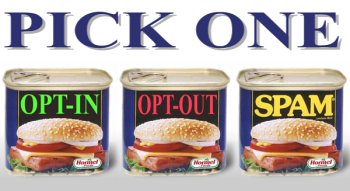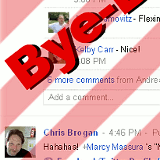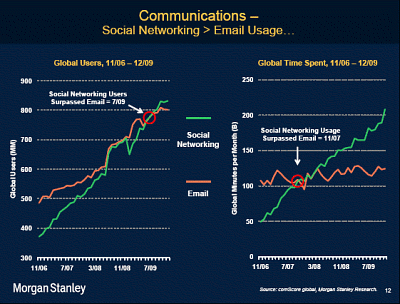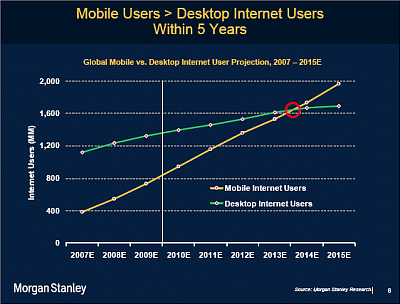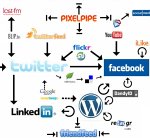Isn’t it fascinating how social networking platforms are taking over the Internet in a storm?
Ease of use and multimedia capabilities seem to be the main driver behind this development. It makes it fun for non techie people to use the Internet, to play around, and to communicate.
Fred Wilson, principal of
Union Square Ventures, discussed today that he was quite shocked—even though he had anticipated it—when he realized that
social networking has overrun email (↑) already.
Here is the corresponding slide from Morgan Stanley’s latest
Internet trend report (PDF file, 2.5 MiBytes ↑). (Update in Feb. 2013: 404 Not Found)
Now, let’s be honest and compare the two.
Email
Common email clients (even Gmail) smash a
wall of incomprehensible letters into your face. I am talking about the inbox displayed as a dense list. Too many emails, too many of them irrelevant, and mostly not fun at all.
On the other hand when composing a new message you are staring at a
scary white page. Ever had writer’s block in that situation?
Social Media
In contrast to that you are basically navigating in a space that’s comparable to your email client’s address book. But an address book on steroids.
You see avatars and blurbs with what your friends are up to right now, videos, pictures,
full multimedia. And it’s so
easy to use. You don’t need to compose a new message, you just click one time or even type your response directly. Takes you seconds and you don’t have to switch platform to do so.
Much of what’s happening on social networks is not private between two people, but it can be. Twitter’s direct messages and Facebook messages are a good example for this. And many users get email notification about activity on social networks anyway.
Don’t write off email, yet.
An email address is still a valuable asset of contact information for a business. For now and the near future. And I have pointed out some additional reasons in a previous discussion about
email marketing versus social media.
But the one piece of contact information that might prove to be even more valuable in a short time is a
mobile phone number.
Mobile Is Coming With Light-speed
When I compare the quality of contact information, then mobile phone number is a clear winner. It has certain advantages:
- It’s more intimate than an email address.
- Is tied to a device that is on almost 24/7.
- Less likely to be a fake one.
- Has direct billing capabilities built in for some classes of products.
- And much more.
Regardless of mobile Internet usage with iPhone, Blackberry, Google Phone, whatever. Messages from the Internet can
“ring through” to the user. An increasing number of services are taking advantage of this.
Facebook and Twitter can optionally handle your mobile phone number for texting purposes. Airlines offer to notify you about delays, etc.
Besides those
“Internet attached cases”, the Net arrives at more and more users while they are on the road so to speak.
The mobile Internet user base is growing faster than desktop usage ever did. Morgan Stanley predicts that the number of mobile users of the Internet will outgrow the number of desktop users in 5 years.
What does that mean for you?
Big opportunities of course. Like if you are dealing in information product marketing, it’s smart to think about convergence.
- Your free and paid content accessible from desktop and mobile devices. For some niches you might want to offer editions for Amazon’s kindle as well or put something in the iTunes store.
- Delivering your content in multiple media formats. Video channels, podcasts, slide shows, classic PDFs, etc.
- Advertising on mobile devices. Google once again goes that route early on as well. And its CEO, Eric Schmidt, has stated many times that Google is embracing mobile use BIG time.
- Multiple ways of contact with prospects and customers. From presence on social platforms, having lists of fans, followers, friends to email addresses and mobile phone numbers.
This technological and social revolution does indeed
change the way we communicate privately. This happens almost automatically.
However, it takes effort to change the way your business communicates.
Let’s do it.
Expand your sphere of influence.
Yours
John W. Furst
